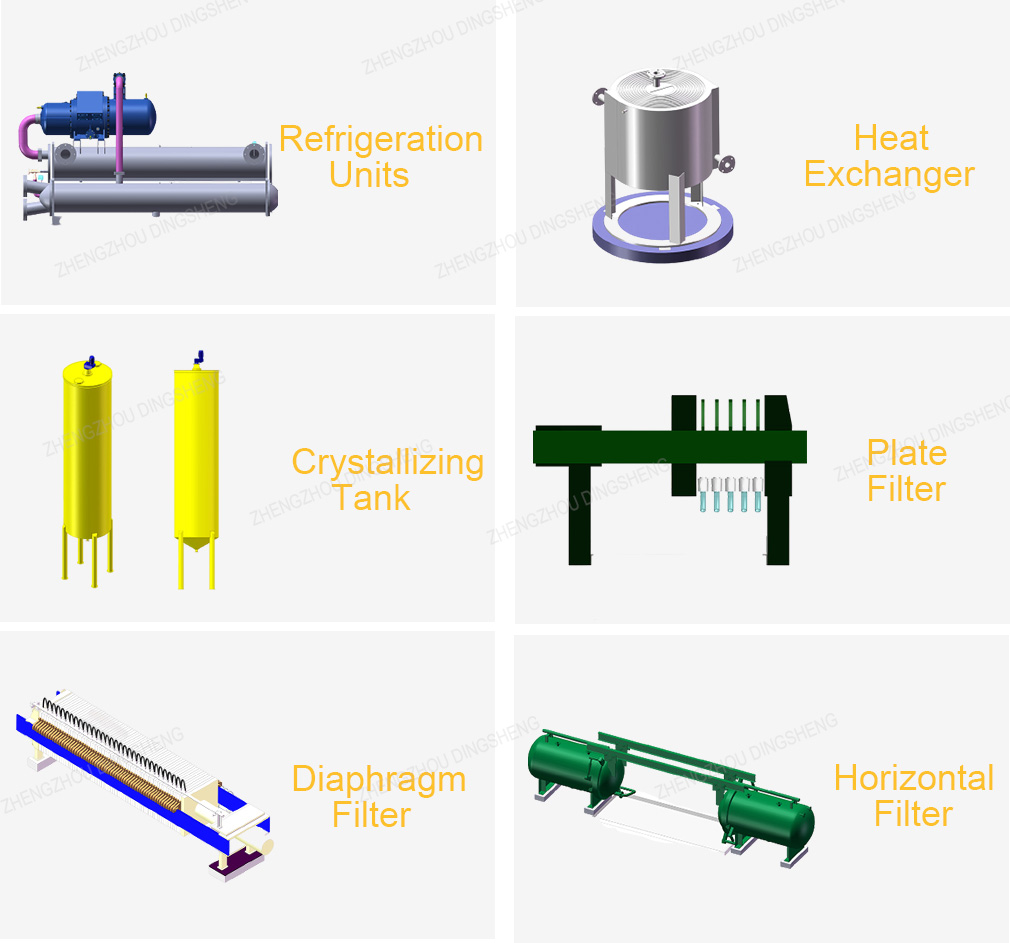Sunflower oil is a kind of high-quality edible oil. it is rich essential fatty acids for the human body, unsaturated fatty acids up to 85 to 90 percent, and the content of linoleic acid is 65%, which has high nutritional value. but sunflower oil contains a small amount of wax (usually 0.06% to 0.10% of crude oil). The presence of wax not only affects the transparency and taste of sunflower oil, but also smokes and produces a choking smell during cooking, which affects human health. When the temperature is higher than 40℃, the wax in sunflower oil has weak polarity and dissolves in sunflower oil. As the temperature drops, especially when the temperature is lower than 30°C, the wax crystallizes and forms relatively stable crystals. After a period of time at this low temperature, the wax crystals condense into larger grains. As the storage time increases, the wax crystal grains gradually increase and become a suspension. at this time, the oil becomes suspension. The transparency of sunflower oil decreases.
Dewaxing process
There are many methods for dewaxing oil. At present, the most commonly used is the dewaxing method, that is, freezing crystallization and separation.
1. Dewaxing process
Oil to be dewaxed → Cooling and Crystallization → Maturation → Filtration(Wax paste) → Finished oil
2.Main equipment for dewaxing process
The dewaxing equipment mainly includes refrigeration units, heat exchanger, crystallizing and maturing tanks, and horizontal leaf filter.

Technology process
Heating up
Sunflower oil is generally stored in oil tank before dewaxing. The oil temperature is lower than the melting point of the wax in sunflower oil (79-81°C), so some wax has been precipitated in the oil. If the oil is directly used for crystallization and maturation, it will affect the precipitation and crystallization effect of wax in the whole process. In actual operation, first heat the sunflower oil to 85°C to completely melt the precipitated wax in the oil.
Heat exchanger
After heating the sunflower oil to completely melt the wax in it, first use a plate heat exchanger to exchange heat with cold water, so as to enter the crystal and maturing tank at lower temperature.
Freezing crystallization
The oil is pumped into the crystallization tank at a certain flow rate, and the oil is cooled at a certain cooling rate. After 20 hours, it is cooled to 5-10°C. In order to precipitate the wax during this process, the aggregation and collision between the particles increases, and the oil can be cooled uniformly, need to be properly stirred. but the stirring speed should not be too fast, generally 10r/min during operation.
The cooling rate of the oil must be controlled during the crystallization process. When the oil cools to a certain temperature at a certain speed, the low-solubility high-melting wax in the oil crystallizes firstly, the temperature continues to decrease, the solubility is greater, and the wax with a lower melting point will also precipitate.
The cooling rate of the oil must be controlled during the crystallization process. When the oil cools to a certain temperature at a certain speed, the low-solubility high-melting wax in the oil crystallizes firstly, the temperature continues to decrease, the solubility is greater, and the wax with a lower melting point will also precipitate.
Maturing and filtration
After the oil is frozen and crystallized to a certain temperature, it is sent to the maturing tank, where the maturing time is maintained for a long time, so that the wax continues to crystallize and the small crystal grains continue to grow. The general crystal growth time is about 10H. Filtering can be performed later, and multiple plate and frame filters or two horizontal filters can be used alternately.









